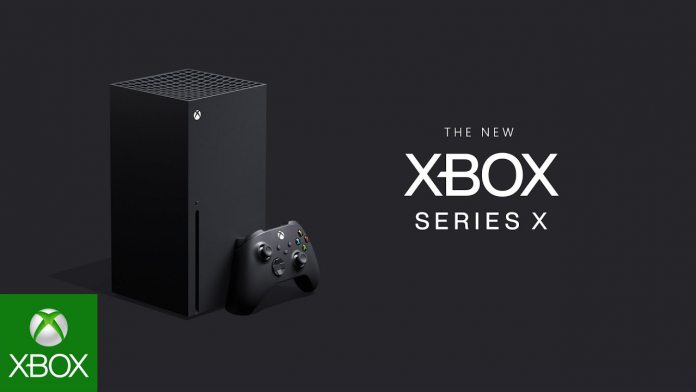The chat was wide-ranging, from Xbox’s competition to exclusives and the changing role of gaming in user’s lives. However, perhaps the most stand-out quote from Gwertzman concerned Phil Spencer’s dogged mission to reach the world’s 2.8 billion gamers. “Phil says, over and over again, that we in the gaming division need to find a way to reach the 2.8 billion gamers in the world that we believe there are. That’s a number that you hear over and over again in internal meetings. 2.8 billion gamers in the world, and we need to reach them all,” he said, according to a summary by VentureBeat. “We acknowledge that we will never reach more than 100 million of them by selling them an Xbox. The only way to reach the remaining 2.7 billion is something else, whether it’s xCloud or things like Playfab.” Indeed, Statistica estimates Xbox One unit sales at almost 46 million as of December. However, Microsoft projects that Windows 10 will reach 1 billion devices in 2020. It’s a goal that’s been postponed several times, but at 900 million devices as of September 2019, it’s a good bet.
Reaching the World Through Tools, Not Consoles
Clearly, though, Gretzman does not define reach as having gamers on Microsoft’s front-end software. Through the use of PlayFab and other supporting services, the company can aid developers to have influence in player’s lives that they don’t even know about. It’s a bold ambition, but one that would ultimately be more profitable. Speaking of GamePass, though, another interesting tidbit surfaced about its PC counterpart. Gretzman says one of Microsoft’s biggest challenges has developer’s current reliance on Steam and Steamworks. “There’s a bunch of entrenched technology there. One of the biggest requests I got at GDC last year from developers was about helping them get off of Steamworks,” he said. “They want to be on the Epic store. They want to be on the Discord store. They want to be on Game Pass. But they have a hard dependency on Steamworks. They need an alternative open platform version that will work across all of the above. I started hearing that about a year ago at GDC.” When it comes to next-generation consoles specifically, Gwertzman sees some future in the use of AI development. According to the executive, a studio inside Microsoft has been using machine learning models to generate assets with great success. So much so, that the company is considering shipping low-res textures with Xbox titles and using machine learning models to upscale them in real-time. Clearly, game development is poised to get more and more complex. That could eventually create a barrier for smaller developers without the resources of AAA studios, but Microsoft thinks it could play a roll in simplifying tools and doing much of the heavy lifting to democratize such technology. You can read a full summary of the interview on VentureBeat. It’s well worth a read.




